A display of the wines at Chateau Haut-Rian
Since I am finalizing my plans for my trip this summer to Bordeaux, I kept thinking about how great an Entre-deux-Mers blanc sounded as spring approaches. At the same time, I found a new wine that has recently come into the market, Chateau Haut-Rian. And seeing how I share a birthyear with its founding, I couldn’t pass the chance to bring it in. So, in celebration of both my birthday and my upcoming trip, I bring you two wines from the Bordeaux estate Chateau Haut-Rian.
Chateau Haut-rian bordeaux blanc 2017
& Côtes de Bordeaux Rouge 2016
Wine Snapshot: Chateau Haut-Rian Bordeaux Blanc 2017
Winemaker: Michel and Isabelle Dietrich with daughter Pauline
Region: Bordeaux - Entre-duex-Mers - Premières Côtes de Bordeaux
Grape Varietal(s): 60% Semillon, 40% Sauvignon Blanc
Viticulture: clay and limestone
Method: low temperature fermentation in closed stainless steel tanks to preserve freshness and aromatic complexity; aged 4 months on fine lees for added mid-palate body
Serving Suggestions: 44-48° F with oysters, fresh seafood, or a cheese and fruit plate
Age: Drink now through 2020
Tasting Notes:
Pale yellow with a green hue. Fresh fruity notes of pear, white peach and grapefruit with soft suggestions of flowers and lemongrass. There is a slight salinity and minerality on the palate that is in balance with the fruit and acidity in the finish.
Map of Entre-Deux-Mers from Bordeaux Official Website
About the Premières Côtes de Bordeaux Winegrowing Region
Premières Côtes de Bordeaux is an appellation in the Entre-deux-Mers subregion of Bordeaux. However, even though the Premières Côtes de Bordeaux is a geographically delimited area, the AOP label can only be used for liquoreux sweet wines made from the white varietals of the area. For sec (dry) wines made from Sauvignon Blanc and Semillon, they can be labeled Entre-deux-Mers, Côtes de Bordeaux, or simply Bordeaux Blanc. If the wines are made from red grapes, they can be labeled similarly, with exception of Entre-deux-Mers (which is reserved for white wines exclusively).
The vineyards are primarily made from clay and marine limestone deposits. These soil types are ideal for Semillon, Sauvignon Blanc, Merlot, and Cabernet Franc, though some Cabernet Sauvignon and other varietals are grown here as well. The climate has influence from the Atlantic Ocean both cooling the overall climate yet moderating temperatures during winter to prevent frost.
Wine Snapshot: Chateau Haut-Rian Côtes de Bordeaux Rouge 2016
Winemaker: Michel and Isabelle Dietrich with daughter Pauline
Region: Bordeaux - Entre-duex-Mers - Premières Côtes de Bordeaux
Grape Varietal(s): 70% Merlot, 20% Cabernet Sauvignon, 10% Cabernet Franc
Viticulture: clay and limestone
Method: 3-4 week maceration on the skins; 4 months in oak barrels
Serving Suggestions: 60-65° F decanted with grilled fish or lighter meat dishes
Age: Drink now through 2021
Tasting Notes:
Ruby-garnet. Blackberry and raspberry notes with cigar smoke, tomato leaf, chocolate, and spice. The palate is silky with supple tannins and a slight acidic crunch.
About Chateau Haut-Rian
“In 1988, Michel and Isabelle Dietrich bought Château Haut-Rian, after living for 6 years in Clare Valley, Australia. Michel was the manager and head winemaker at Château Remy. Both of them come from winemaking families: Michel grew up in Kaysersberg, Alsace, and his wife Isabelle in the Montagne de Reims area in Champagne. Michel earned his viticulture and oenology degrees at the Collège de Beaune and the University of Bordeaux. Their daughter Pauline Lapierre joined them in 2017.
Their property is located 18 miles southeast of the city of Bordeaux, in the tiny village of Rions. The vineyards spread over 85 hectares encompassing parts of Premières Côtes de Bordeaux and Entre-Deux-Mers, bordering the village of Cadillac and near the Garonne River, ”where the vines can see the water but won’t get their feet wet.” 20 hectares are in the village of Soulignac, where the main plots for white grapes (Sémillon and Sauvignon Blanc, some of them planted before 1960, and used for selection massale) can be found, as the terroir is cooler than in Rions (12km away). The climate there is warmer than the maritime Médoc, but also drier. All of the vineyards are on gentle slopes facing south and southeast, and the topsoil consists of loose pebbles over limestone. the 1930s.” - VOS Selections Wines and Spirits






